Once considered the gold standard of American living, the suburbs are starting to look a little different. Changing tastes, economic pressures, and generational shifts are pushing many once-popular suburban norms toward the exit. From enormous yards to cookie-cutter layouts, these trends may have ruled the cul-de-sac a decade ago—but now, they’re fading fast. Some are being abandoned for practical reasons, while others just feel a bit… outdated.
1. Oversized Front Lawns
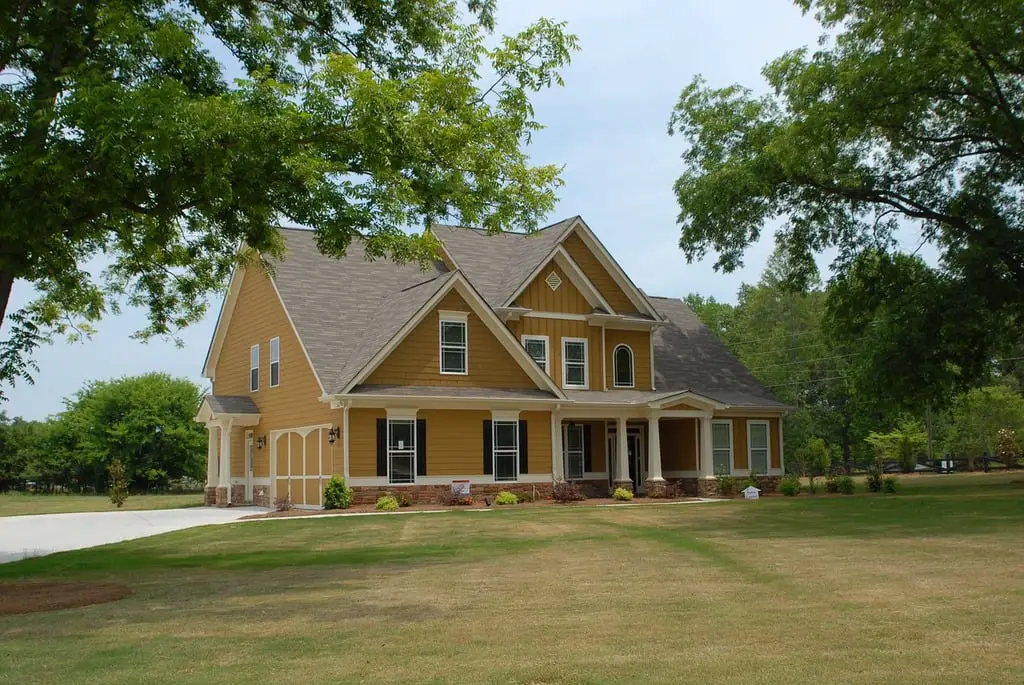
There was a time when a big green lawn was a suburban badge of honor. But as noted by The New York Times, many homeowners are ditching thirsty turf in favor of low-maintenance landscaping or drought-tolerant alternatives. With rising water costs and growing climate concerns, sprawling lawns have become more hassle than status symbol. The shift is especially noticeable in states like California, Arizona, and Colorado.
Younger buyers simply don’t see the appeal of mowing every Saturday. Xeriscaping, native plant gardens, and even gravel yards are now the go-to for many. And HOA rules are slowly catching up with the trend. It’s not just about aesthetics—it’s about practicality.
2. Driveways That Can Fit a Fleet
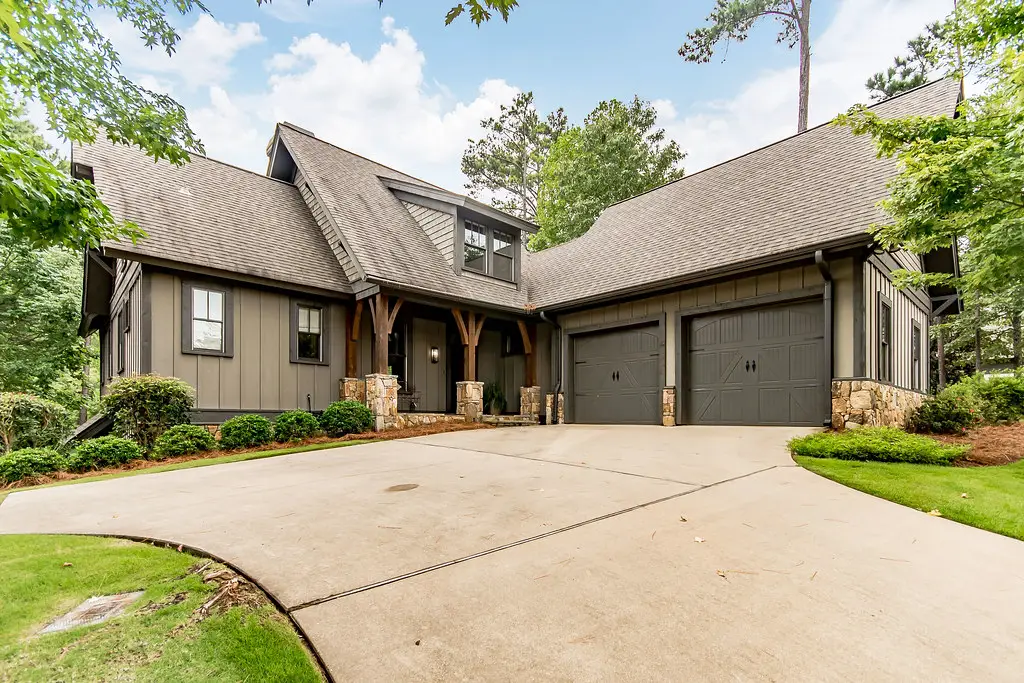
According to City Changers, suburban homes with long, multi-car driveways used to attract big families and car enthusiasts alike. Now, more buyers are opting for compact footprints that prioritize green space, accessory dwelling units, or expanded living areas. As remote work grows and carpooling becomes more popular, extra-long driveways are increasingly unnecessary. Plus, they’re a pain to shovel in the winter.
Cities are also tightening zoning rules to discourage excessive paving. More pavement means more runoff, which many municipalities are working to limit. The new suburban ideal is more thoughtful and sustainable. Room for one or two cars is plenty.
3. Formal Living Rooms
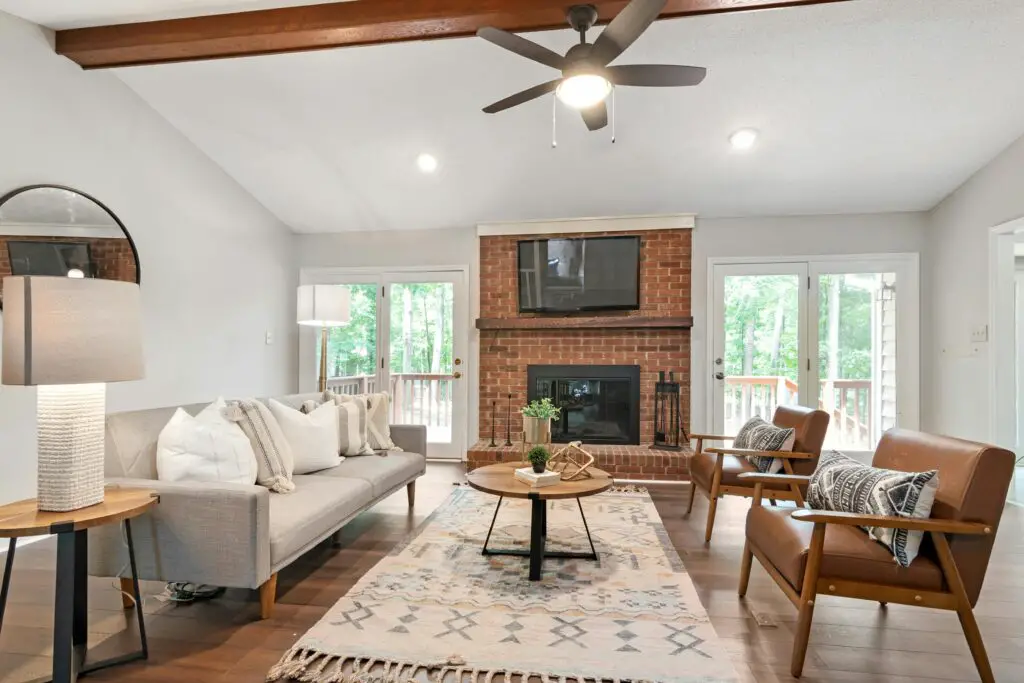
As Better Homes & Gardens points out, traditional layouts with formal living rooms are falling out of favor with modern homeowners. Today’s buyers want flexible, open-concept spaces that flow—think a kitchen that blends into a den or a living area that doubles as a workspace. A closed-off room that only gets used twice a year? That’s not the kind of square footage people want to pay for anymore.
Instead, homes are being designed with multifunctional “great rooms” or family zones. Buyers want rooms they can actually use daily, not just show off during the holidays. And post-pandemic lifestyles have accelerated that preference. Comfort beats formality every time.
4. Master Bathrooms with Giant Tubs
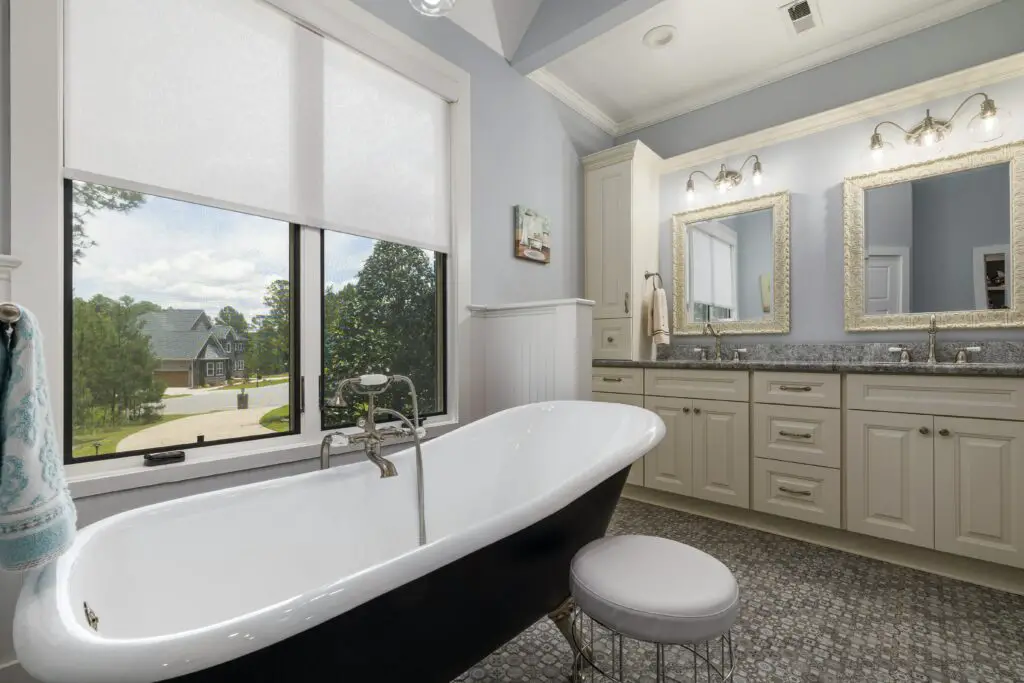
According to Architectural Digest, the trend of putting a massive soaking tub in the center of a bathroom is fading fast. They’re beautiful in photos but rarely get used—and they take up a lot of space that could be used for double vanities or larger showers. Water-conscious buyers are also less interested in fixtures that waste gallons per soak. Not to mention, cleaning them is a chore.
Instead, homeowners are asking for large walk-in showers with bench seating, smart fixtures, and efficient layouts. Bathrooms are now being treated as wellness spaces, not just design statements. Tubs aren’t gone entirely, but they’re no longer the focal point. Function has reclaimed its throne.
5. Beige on Beige on Beige
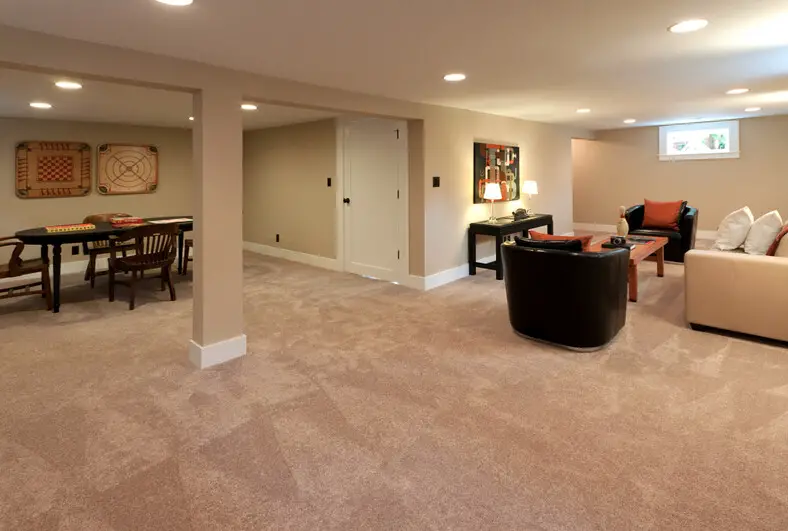
Once the hallmark of suburban safety, all-beige everything now feels uninspired. Neutral still has its place, but today’s homeowners are gravitating toward richer palettes—think sage greens, charcoal grays, and moody blues. Entire homes swathed in “builder’s taupe” just don’t resonate like they used to. It’s a shift that reflects changing design aesthetics and personality-driven interiors.
Color is being used more strategically now. Accent walls, bold backsplashes, and statement tile are in. Even exterior palettes are moving beyond cream and tan. Suburban sameness is giving way to personal flair.
6. Mailbox Clusters

For decades, centralized mailbox clusters were a standard in suburban planning—especially in newer developments. But with package delivery now far outweighing traditional mail, these stations are quickly becoming impractical. Homeowners are instead opting for secure, porch-based parcel boxes or smart delivery systems. In some areas, residents are even petitioning to reinstate individual mailboxes for convenience.
The issue isn’t just mail—it’s safety and package theft. A single drop-off point can be a magnet for porch pirates. As online shopping becomes the norm, personal delivery solutions are evolving. Shared mailboxes just aren’t cutting it anymore.
7. “His and Hers” Closets

The idea of gendered closets is fading along with other outdated design conventions. Many couples now prefer shared storage solutions that maximize efficiency, not separation. Custom closet systems are being built with versatility in mind—shoes, accessories, and clothing are organized by need, not tradition. Plus, closet space is increasingly being repurposed for things like laundry nooks or tech hubs.
The bottom line? Storage isn’t a battle of the sexes anymore. It’s a game of optimization. And that’s good news for any household dynamic.
8. Traditional Mail-In HOA Newsletters
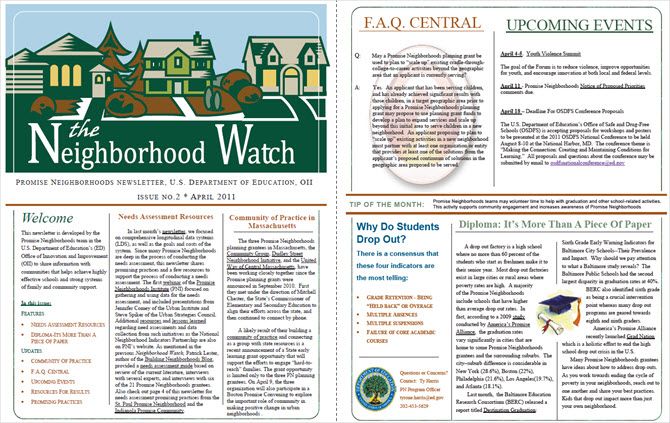
HOAs once mailed out monthly newsletters to keep residents informed about rules, events, and updates. But today, most communities have transitioned to digital communication via email, apps, or private forums. Mailers feel outdated—and often end up in the recycling bin. Residents expect quicker, more interactive forms of engagement.
This digital shift has also improved transparency and participation. People can weigh in on rule changes or maintenance notices instantly. And yes, it’s a lot easier to RSVP to the block party. Analog newsletters are becoming relics.
9. Expansive Formal Dining Rooms
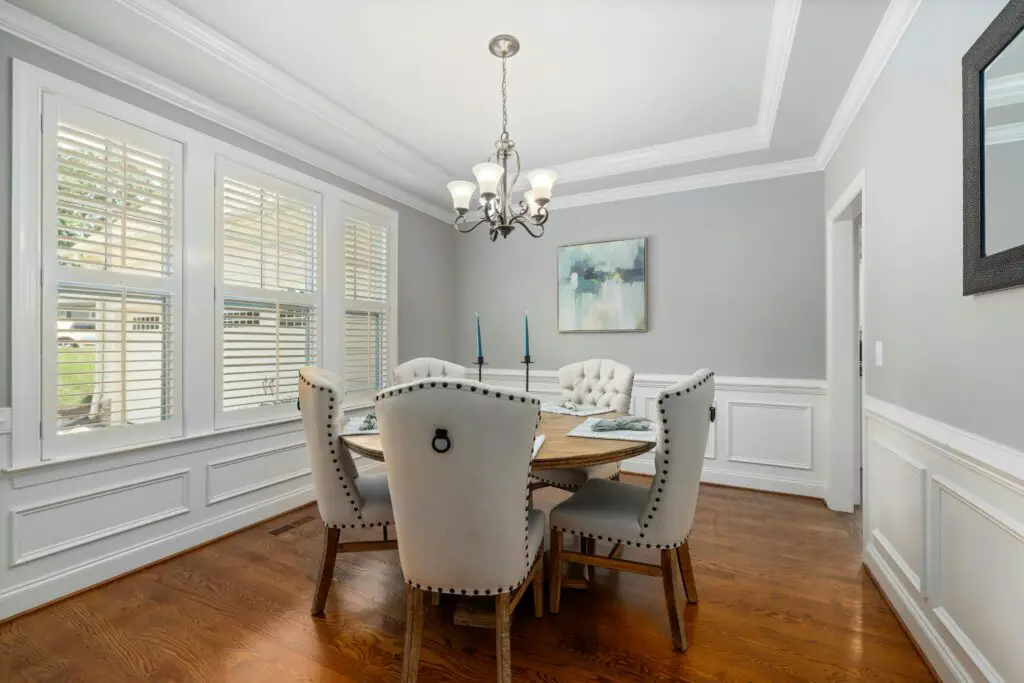
Large formal dining rooms are being swapped for eat-in kitchens, bar seating, or flex space that works harder. It’s not that people don’t like gathering—it’s that they don’t want to dedicate an entire room to a handful of occasions. With open-concept living gaining popularity, defined dining rooms feel oddly restrictive. That space is better used as a home office, gym, or guest room.
It’s not just young buyers driving the trend either. Downsizing boomers are also happy to say goodbye to dust-collecting china cabinets and underused tables. Entertaining is more casual now. Think grazing boards on the kitchen island, not multi-course meals behind closed doors.
10. Sprinkler Systems on Timers
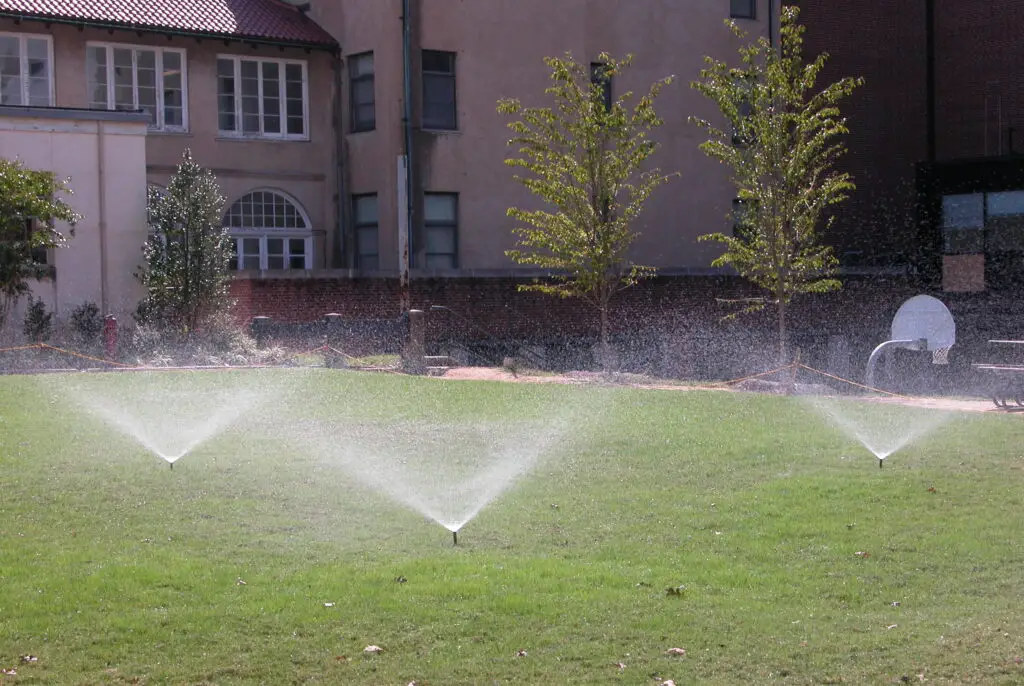
Automatic lawn sprinklers were once a suburban dream. But with droughts and water restrictions in many regions, they’ve become less practical—and sometimes even illegal. Homeowners are moving toward smart irrigation systems that adjust based on weather or switching to landscapes that require no irrigation at all. Those old-fashioned timer systems? On their way out.
The change is both environmentally and financially motivated. People don’t want to waste water—or money—on outdated tech. Plus, overwatering can lead to fines or damaged foundations. Smarter solutions are winning the day.
11. Cookie-Cutter Exterior Design

Remember when every third house on the block had the same shutters, paint, and roof? That’s no longer considered charming—it’s just repetitive. Buyers are now drawn to neighborhoods with architectural diversity, even if homes are built by the same developer. Personalization and curb appeal matter more than uniformity.
Some HOAs have updated design guidelines to allow for more variety. Even subtle changes—like porch styles or color variations—can make a big difference. People want to feel like their home has character. Not like they live in a copy-paste template.
12. Three-Car Garages
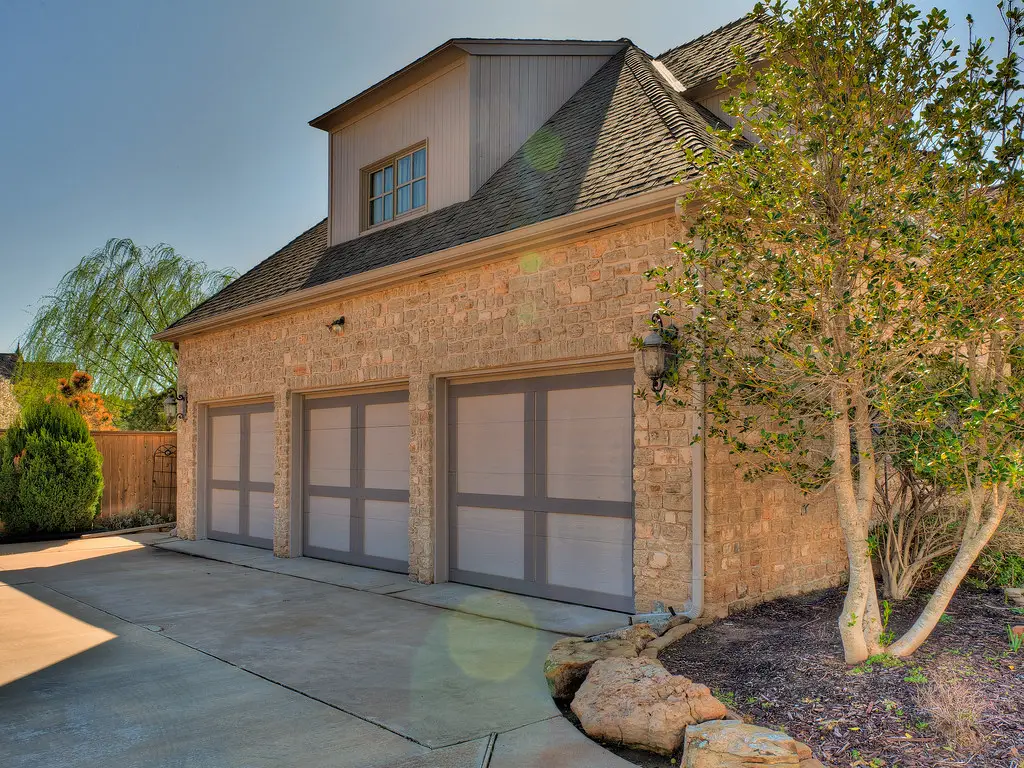
Once a symbol of “making it,” the three-car garage has become a bit of a space hog. Many households now use that third stall for storage—or not at all. Meanwhile, some buyers prefer to convert it into a home gym, workshop, or even an accessory dwelling unit (ADU). That extra square footage can serve more modern needs.
Add in the push for fewer vehicles and walkable suburbs, and you’ll see why garages are shrinking. Real estate agents note that garages are still desirable, but not at the cost of livable space. If the third stall isn’t pulling its weight, it’s on the chopping block. Flexibility trumps capacity.
13. Backyard Jungle Gyms
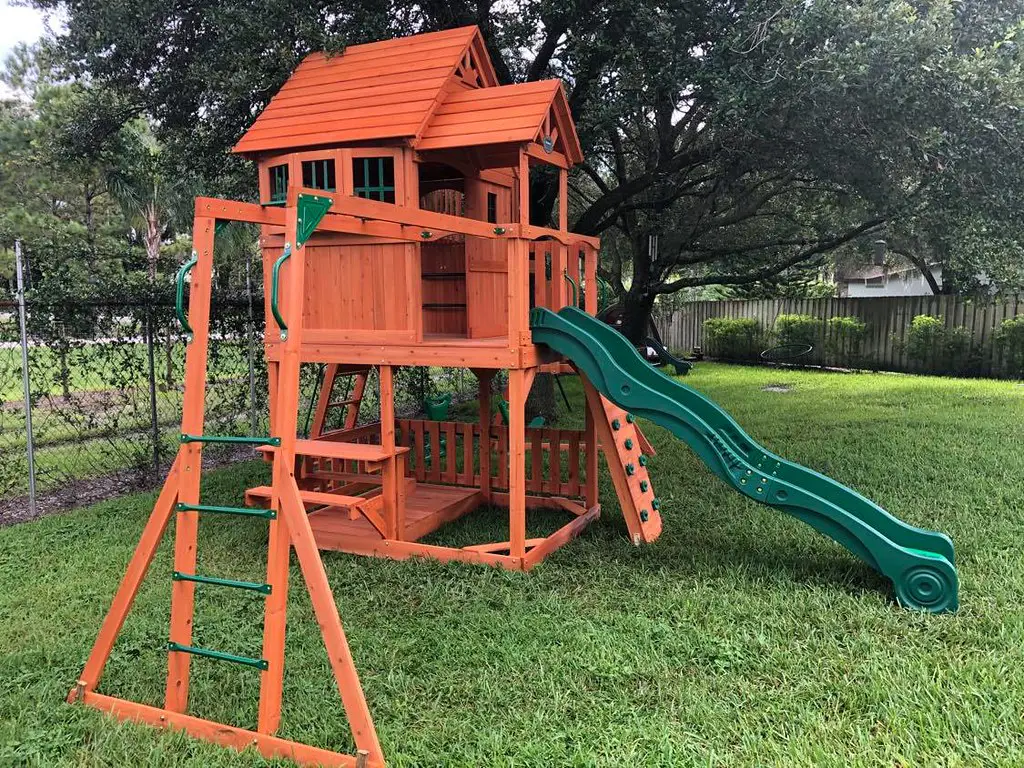
Those massive wooden playsets were once staples of suburban backyards. But today’s families are favoring community playgrounds, compact swing sets, or none at all. Safety concerns, maintenance headaches, and changing kid preferences have made backyard jungles less appealing. Plus, they take up a ton of real estate.
As backyards shrink, every square foot counts. Families are opting for multi-use patios, gardens, or splash pads instead. If kids want slides, they’re heading to the park. That old jungle gym might just be your next Craigslist post.
14. Wall-to-Wall Carpeting
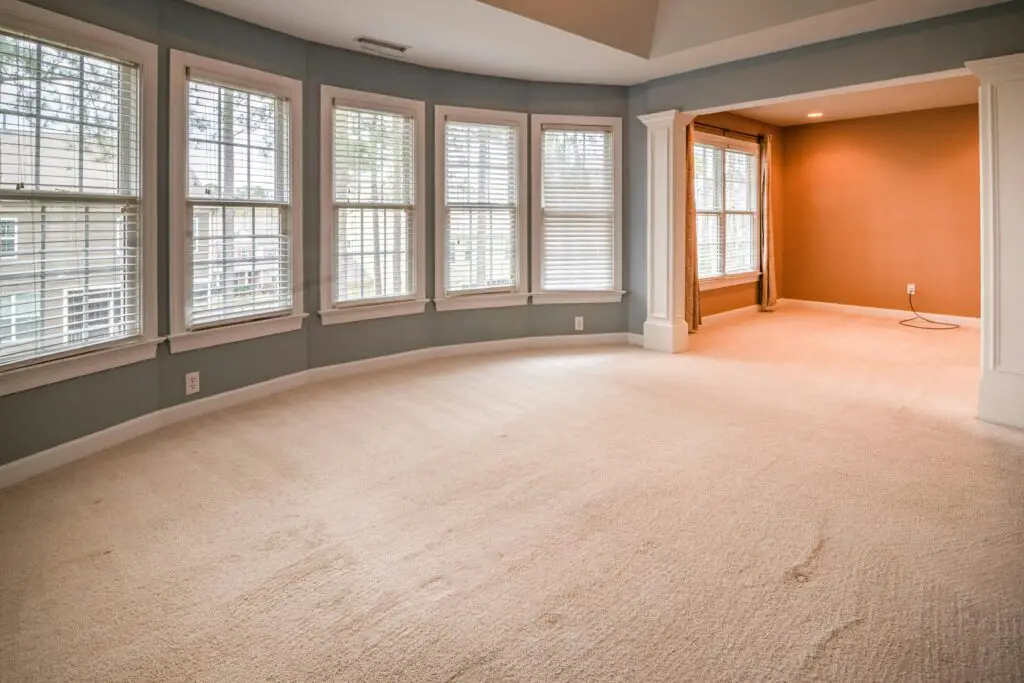
Carpeting used to be the default flooring choice in most suburban homes. Now, it’s more likely to show up in the clearance section than a design board. Hardwood, laminate, and luxury vinyl plank have taken over due to their durability and sleek look. Allergies, pets, and maintenance all play a role in carpet’s decline.
Buyers want clean lines, easy cleanup, and materials that feel timeless. Even bedrooms—carpet’s final stronghold—are seeing a shift. Add a cozy area rug if needed, but skip the full install. Carpet just doesn’t carry the same cachet it used to.
